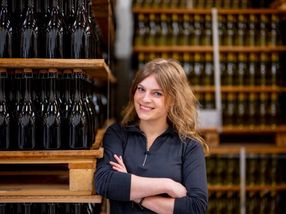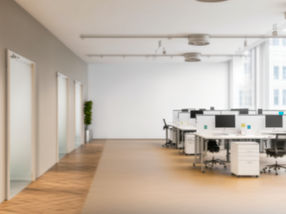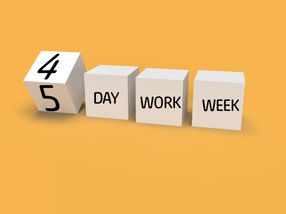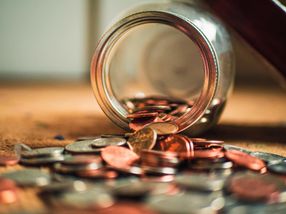Making sure workers have a ‘good’ day gives companies a competitive advantage
VCU business professors research how employees’ daily experiences impact creative performance
A trio of researchers at Virginia Commonwealth University has identified five types of daily workplace experiences that influence employees’ creative performance.

Photo by Jason Goodman on Unsplash
In “Another Day, Another Chance: Daily Workplace Experiences and Their Impact on Creativity” — published in the Journal of Product Innovation Management, "Special Issue: The Human Side of Innovation Management” — Alexander S. McKay, Ph.D., an assistant professor of management and entrepreneurship; Mayoor Mohan, Ph.D., an associate professor of marketing; and Christopher S. Reina, Ph.D., an associate professor of management and entrepreneurship, identified five types of daily workplace experiences that affect creative performance.
The researchers from the VCU School of Business examined more than 11,000 surveys where employees shared their everyday workplace experiences and rated their workdays on several key factors that stimulate and inhibit creativity.
“Essentially, we researched how employees’ work environments and their creativity ebbs and flows over time — showcasing how individuals can experience five distinct daily workplace experiences that map onto their creative potential,” McKay said. “Everyday workplace experiences that are, for example, ‘exciting’ or ‘dull,’ are known to influence employee performance.”
They found these dimensions combined to create five unique daily workplace experiences:
- Toxic days: These are low in stimulant factors such as freedom and organizational support but high in obstacle factors such as time pressures and conservative attitudes. These days are rife with conflict, and not the good kind. Thankfully, they are uncommon, making up about 8% of the days.
- Disengaged days: These are low in both stimulant and obstacle factors. Simply, people are "checked out" on these days, which make up about 10% of the workdays.
- Typical days: As the name sounds, typical days show "average" levels of stimulant and obstacle factors. As one might expect, this was the most commonly occurring type, making up about 34% of all workdays.
- Ideal days: These were high in all stimulant factors, and the obstacle factors were low. (Interestingly, there were still moderate levels of time pressure.) Simply, these days were the opposite of toxic days and made up about 30% of all workdays.
- Crisis days: These were unique in being high in both stimulant and obstacle factors. Simply, there were a combination of toxic and ideal days, making up about 19% of all days. These days seem to have “good” conflict, where employees are debating and wrestling with key problems in their work.
How do these days relate to creative performance? People had a higher creative performance on ideal days relative to all other days, with creative performance being particularly hindered on toxic days and disengaged days, to an extent. It's likely the presence of creative stimulants helps motivate people by creating a positive environment where they can be creative.
“It is important to understand and manage these daily workplace experiences to improve employee creative performance,” Mohan said. “As many contemporary organizations will attest, this is an area that is increasingly important for companies to develop a distinct competitive advantage.
“Interestingly, people perceived their creative performance to be high on crisis days – even as high as on ideal days – but their actual creative performance often did not match with this perception. Simply, crisis days might play a unique role in helping move projects forward when teams hit roadblocks, but this finding suggests how we typically think about creative performance may need to be a bit more nuanced.”
Inevitably, crisis days will occur and that's not a bad thing, McKay said.
“However, ensuring these days turn back into ideal days — and not into toxic or disengaged days — is key.”
Why are people’s experiences on a particular day so important? The researchers found that people often have the same type of experience from one day to the next. In other words, people can get stuck in a rut or sail smoothly in a supportive workplace, benefiting their creative ideation over longer spans of time.
“Although people can, and do, experience different types of days concurrently,” Reina said, "people often experience the same days back-to-back. If not careful, one could fall into a rut with their work.”
The study accounts for the exceedingly complex, multifaceted and dynamic nature that is the workplace. Practically, managers and employees should be mindful of how their team's work environment contributes to employees’ daily experiences, the authors said. Given this relates to their creative performance, it’s crucial to take stock of this and determine ways a team can steer others away from toxic and disengaged days.





























































